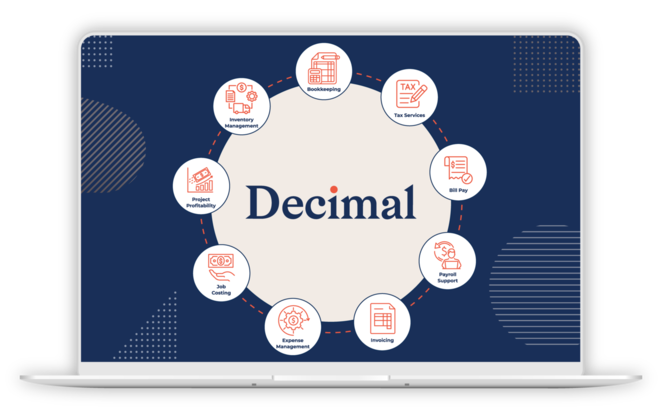If you have clients who were hit with a large tax bill, it may be time to review whether they can lower their tax obligations by changing their business entity type. As an accounting professional, advising your clients on the best business structure can help them reap substantial tax savings. In this article, we'll break down the different entity options and the tax implications of each one.
Start with a review of business entity options
But first, it’s a good idea to provide your clients with a summary of the different types of business entities so that they can make an informed decision. The following is summary of structures:
- Sole Proprietorships: As the name implies, this type of business has one owner/operator, and profits are reported on the owner’s personal tax return.
- Partnerships: Similar to sole proprietorships, these businesses have two or more owner/operators.
- Limited Liability Companies (LLCs): This structure has the simplicity of a sole proprietorship or partnership but protects owners’ personal assets from business liability.
- C Corporation (C Corp): This type of business structure is taxed at the entity level as well as the shareholder level via dividends.
Understanding S Corporation elections
Although not a formal entity type, an S Corporation is a tax election available to C Corps and LLCs. Sole Proprietorships and Partnerships can also elect S Corp status, but they must first become LLCs. S Corps are considered “pass-through” models, in which profits pass through to owners’ (or shareholders’) personal tax returns.
When to evaluate changing entity type
Each entity type has its advantages and disadvantages, so it’s a good idea to review your client’s current business structure and run the numbers prior to making a recommendation. Looking over past tax returns and financial statements can provide insights into whether a switch can be beneficial. Discussing your client’s future plans and goals can also help frame the process. For example, if your client hopes to retire or sell the business in a few years, it may not be worth it to make any significant changes.
Common entity changes that could lower tax liability
Not every type of entity suits every business. In fact, not every business is eligible for every entity type. However, there are some common switches that are often recommended that can often positively impact a client’s tax obligation:
Switching from Sole Proprietor or Partnership to LLC
These business structures are simple to form, require little paperwork, and make tax filing easy. But they don’t offer liability protection to their owners. In other words, the owner’s personal assets can be impacted should the business get into financial trouble. In addition, these entity types require owners to pay combined self-employment taxes on top of income taxes.
Switching to a single-member or multi-member LLC can provide liability protection as well as tax benefits. By selecting S Corp status, the LLC can avoid self-employment tax. Rather, they would take a “reasonable” salary and be taxed on that amount.
Switching from LLC to C Corporation
In some cases, LLC owners may be interested in becoming a C Corporation. Although subject to stricter regulations, C Corps allow businesses to grow.
One of the downsides is that C Corps must pay taxes at the corporate level and its shareholders are taxed again on the dividends they receive.
One of the upsides of a C Corp is that profits can be reinvested at the corporate level, allowing the business to grow. In addition, there can be tax savings, because most business-related expenditures, including employee costs, are deductible.
Switching from C Corporation to S Corporation
Corporations that elect to be taxed as S Corps do so for one main reason: to avoid double taxation. Rather than paying corporate taxes AND taxes on dividends, S Corps allow for a pass-through model in which profits pass through to individual shareholders who pay taxes via their personal returns. However, there are regulations on both entity types and not every business will qualify.
The strategic role of tax professionals
As an accounting professional, your responsibility isn’t just ensuring your clients are compliant with tax regulations, it’s also ensuring they are taking advantage of beneficial tax strategies. Understanding the nuances of each business entity, and the qualifications and restrictions of each, can not only minimize their tax obligations, it can also position them for long-term success in meeting their professional goals.
This article is generously brought to you by one of our valued sponsors. Their support enables us to continue delivering expert insights and the latest industry trends to our dedicated community of accounting professionals.
.png?width=150&height=63&name=TWRlogo-regmark_blueblack%20(1).png)
.png)










Do you have questions about this article? Email us and let us know > info@woodard.com
Comments: